Stephen Matera is an outdoor adventure, sports, and lifestyle photographer who has worked with some of the world’s leading outdoor manufacturers and publishers. Aside from taking a few workshops over two decades ago, Matera is self-taught. He has been working as a photographer for over 22 years, 12 of them full-time.
We talked to him about his favorite things to shoot, his go-to photography tools, and tips and tricks he learned along the way in our latest Interview with a Photographer.
Where do you call home?
Stephen Matera: Seattle. Aka the Pacific Northwet (not a typo!)
CC: How would you define your style as a photographer?
SM: I consider myself a mountain sports, lifestyle, and landscape photographer. I started as a landscape photographer and that has heavily influenced my sports and lifestyle work. My landscape eye for composition and lighting crosses over into my sports and lifestyle images.
CC: Where is your favorite place or thing to shoot?
SM: It’s really tough to pick one place, but my favorite subjects to shoot are mountains or trees. And we have so much of that to shoot here in the Northwest.
I’m really lucky because I get pet paid to travel. For work I’ve been all over the United States including Alaska, Hawaii, California, Utah, Arizona….you get the idea. I’ve also been to Iceland, Mexico, and New Zealand. So many places I’ve explored because of photography. I still get giddy sometimes when I’m shooting.
CC: What camera(s) and lenses do you use?
SM: I’m in the process of switching from Canon to Sony. So I have a mixed bag but my primary camera body is the Sony a7rII. I also have the a6300 and still occasionally shoot with my Canon 5D III. I’m still using my Canon glass.
My favorite lenses are the 17-35 f4, 24-105 f4, and 70-200 f4.
CC: What’s the craziest thing you’ve ever done to get “the shot”?
SM: I can’t talk about that. The emotional scars are still fresh.
CC: Who has inspired you as a photographer?
SM: For my landscape work, a Northwest photographer, Pat O’Hara, was a big inspiration. He has an eye for detail that is incredible. Galen Rowell was great as well for his mix of landscape and adventure imagery.
CC: What advice would you tell an aspiring photographer?
SM: There is so much that I can say here but of course the obvious answer is to shoot what you are passionate about. For many photographers, that’s the outdoors. And that may end up being where you earn your living, or it may not. But it will teach you how to be a photographer, and it will teach you how to be creative and resourceful, both in shooting and in running your business.
I think there’s a natural progression to start as a landscape or outdoor sports photographer then move towards other subjects. I’m in that process as I’ve found other interests to shoot and apply what I’ve learned shooting outdoor sports and landscape images.
CC: Can you share any photographic resources that you use?
SM: I like to read photo blogs like planet5D, learningvideo.com, fstoppers, and others. It’s a good way to keep up on the industry and what other photographers are up to.
CC: How has photography shaped your day-to-day?
SM: It’s pretty much all consuming! I find it funny when people ask me what I do in my free time. My first response is “I’m a freelance photographer, I don’t have free time.” But in reality, when I have free time, I take photos for myself, or of my kids.
I’m a photographer not because it’s a way to earn a living but because I really love to make images, and I would (and do) do it even when I’m not being paid to do it.
CC: Any exciting photographic events in coming up you’d like to share?
SM: I’ll be leading a photo workshop in Crested Butte in Colorado this fall. I haven’t officially posted it on my site yet but if you’re interested, shoot me an email for details.
To see more of Stephen’s work, go to: www.materaphoto.com
About Cotton Carrier:
Cotton Camera Carrier Systems designs high-quality holsters and harnesses that are functional and reliable in all situations. In July 2017, they introduced the new G3 Camera Harness line for a more comfortable fit to secure cameras without sacrificing mobility.
Andy Cotton started his company to design a camera-carrying solution that was comfortable, secure, and accessible – without moving parts that could fail, jam, or break. As a former special effects supervisor in the film industry for over 26 years, he understands the need for durable, reliable gear.
Like This Article?
Don't Miss The Next One!
Join over 100,000 photographers of all experience levels who receive our free photography tips and articles to stay current:
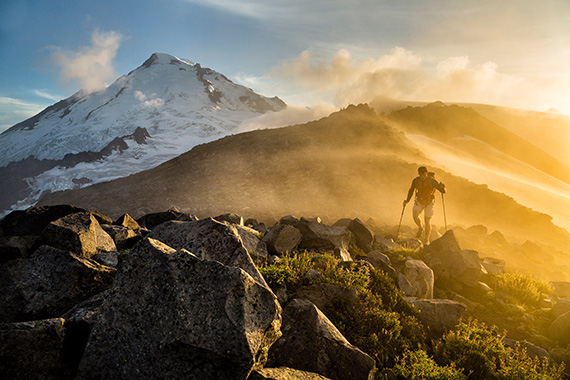
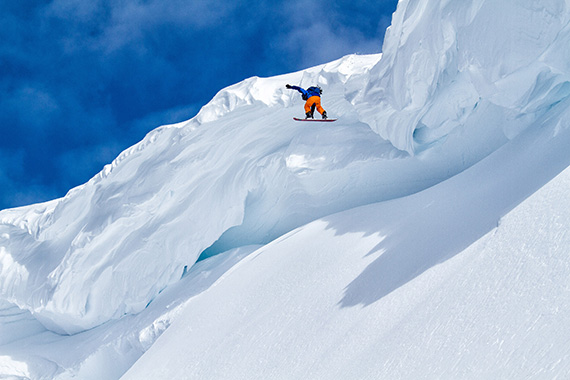
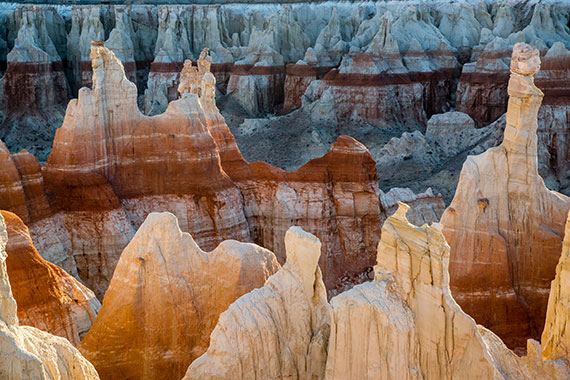
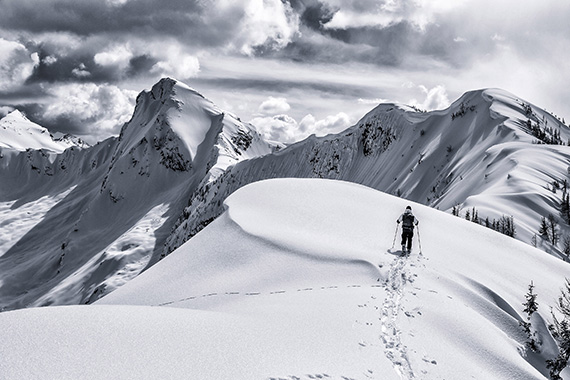
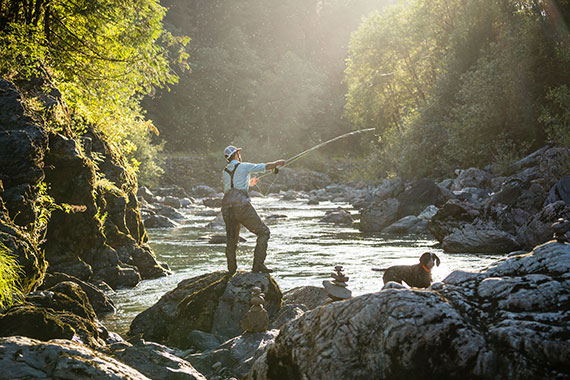
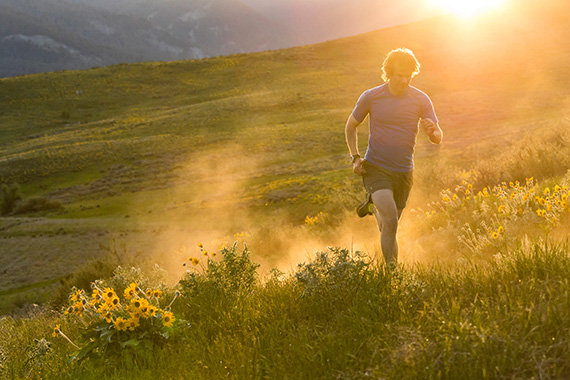

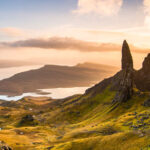

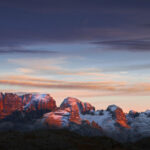

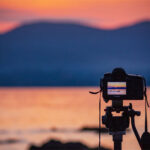
Leave a Reply